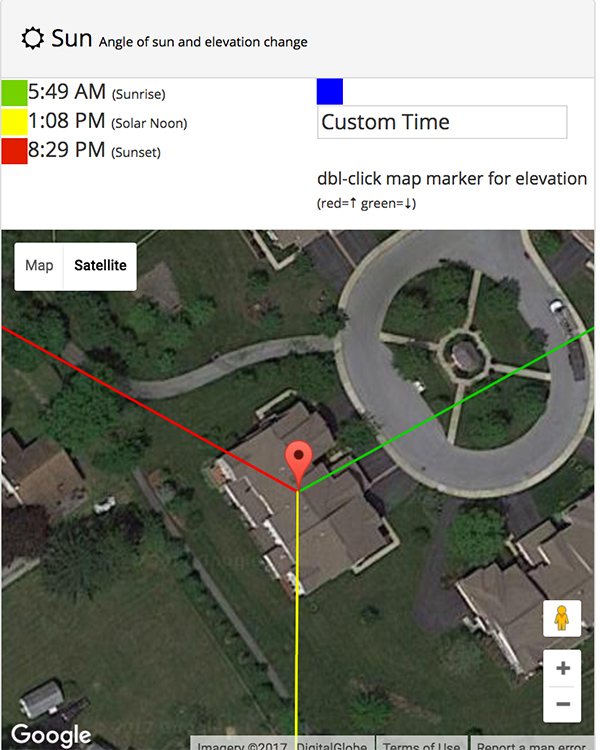Planning Your Drone Shoot
The preparation you put in before a drone shoot is just as important as the shoot itself. How will you ensure the flight is safe? Is all your gear ready? How do you determine the best day and time? Do you have a checklist to send to the customer? These are some of the questions you should ask yourself. Below we will go over how we plan for our shoots.
When to Schedule
When agents call for a shoot it often needs done on short notice. The customer has the ultimate say when scheduling but there is usually 2-3 days of flexibility. So how should you decide when to shoot? There are many factors to consider...
Distance
This one isn't as important when you start but ends up being the key determinate all too often once you have volume. If you can save 45 minutes of drive time by doing a shoot right after another in the area you'd be wise to do so and use that time for other business tasks.
Sun
The sun can be a big challenge in this line of work. It's critical to work with the sun instead of against it. There are two excellent times for aerial photography. Solar noon and what is known as the "golden hour". Solar noon is simply when the sun is highest in the sky. Shooting at this time reduces both shadows and the chance of your drones camera staring directly into the sun. The golden hour is generally around an hour before official sunset. Colors stand out better, the sun is no longer an issue, it's great! It is our favorite time to shoot. However, it is a challenge to schedule. Once business is rolling in you should have shoot after shoot lined up. This makes the golden hour tricky. We still fit it in where we can.
The worst times of day are when the sun is low in the sky. This is when you will get longer shadows and will always seem to have the sun exactly where you don't want it to be. You can use our planning tool for free to see where the angle of the sun is on a house at a given time of day. Some prefer cloudy days as it takes the sun out of the equation. Beware, you will get real estate agents who then want you to Photoshop in a blue sky with white puffy clouds. This is doable, however if you can it's best to avoid this to begin with.

Weather Conditions
Some days have better conditions than others. We focus most on wind, chance of precipitation and cloud cover. The image below is a from one of our tools. It has a slider on it for hour by hour conditions. Wind speed in particular can be tough as it seems to vary neighborhood by neighborhood depending on the lay of the land. It's better to be safe than sorry, if there is wind speed predicted higher than 15mpg we let the customer knows there is a chance we may have to reschedule. Tools like this are critical during planning process.

Is it Legal
It's relatively easy to pass the sUAS part 107 exam. Make sure you keep your notes from it! Knowing what airspace you are in is extremely important. Once you start getting jobs you will need to use tools to plan your drone missions. If you are going to work with real estate agents you will need a very quick way to determine airspace rules. Our platform has tools built into it to give you quick access to this data. You are going to want to not just check the FAA airspace rules. But also local and state laws/ordinances. There may be rules on the books that you are not aware of.
The Night Before
Now it is time to break out the checklists. This will be a little different for everyone. It will also vary depending on the scope of your work. However, the basic idea will be the same. Get everything prepared for the next day. If you don't have it already make a list of every battery you will need charged. We try to always be prepared with plenty of charged batteries but strange things happen. The Goal Zero Portable Generator has been a life saver for us. It not a generator but is essentially a huge battery itself that allows us to easily charge our drone batteries (and other devices) in the field or while driving between shoots. The one that is linked gives us 3-4 P4P battery charges. What about your SD cards? Is your tablet/phone ready to go? Is the Lightning/USB cable where you expect it to be? Is your drone in good shape? Everyone has a slightly different checklist the important thing is that you have one and that you use it repeatedly.
This article is part of a series of tutorials we are developing to help drone pilots servicing the real estate industry. If you like what you've read consider joining our Drone Pilot Network